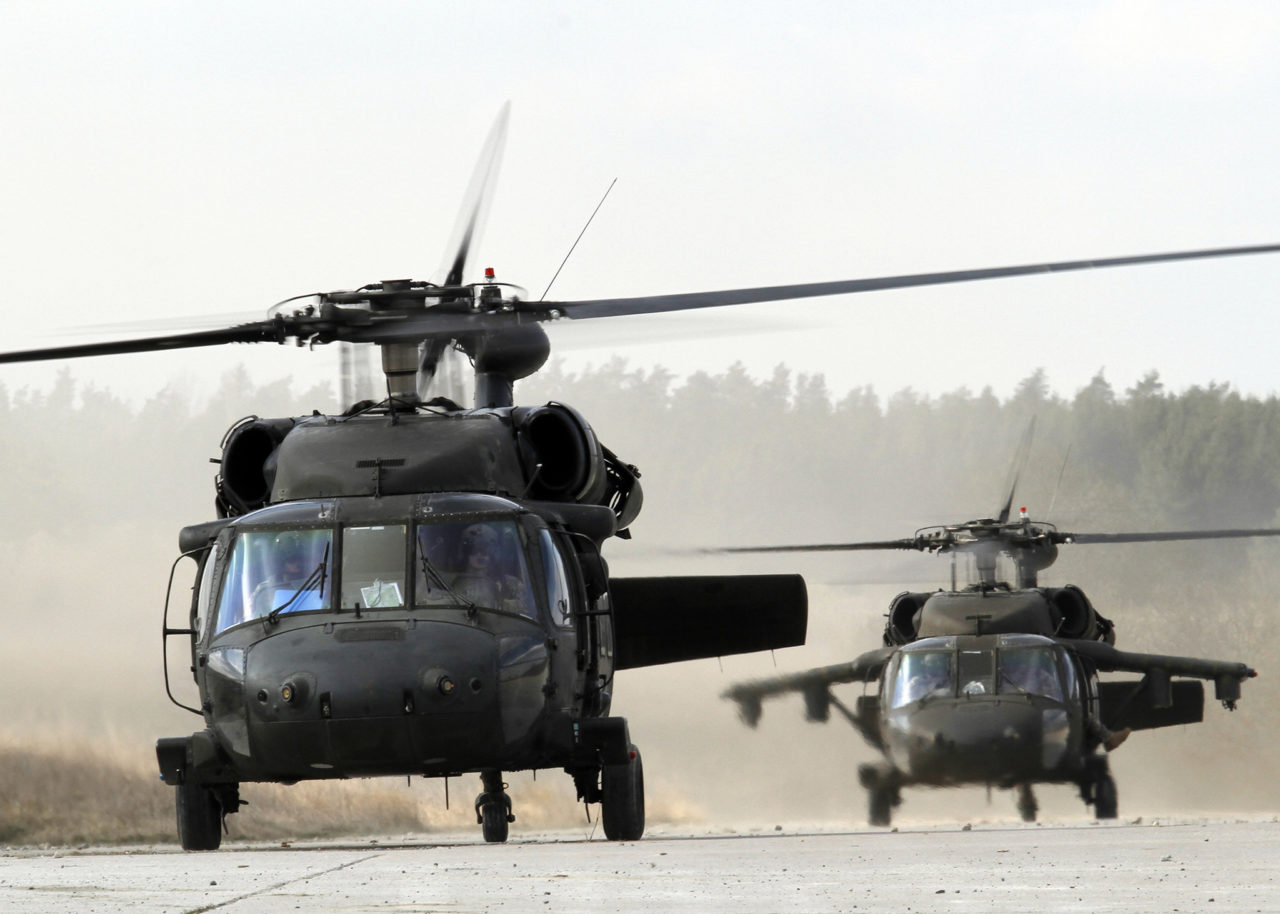
The House Armed Services Committee’s tactical air and land forces panel wants the U.S. Army to submit by March 30 next year a “comprehensive strategy … for Army aviation to ensure alignment between requirements, future Army budget submissions, and authorization of appropriations.”
“The required strategy would cover both current and future multi-domain operations for Army aviation,” according to language recommended by the panel on the fiscal 2020 defense authorization bill, H.R. 2500. “The fiscal year 2020 budget request for the Army included several significant changes to aviation modernization programs. While these changes may align with the long-term Army aviation strategy, the committee is concerned with the absence of such a strategy that incorporates both current and future capabilities.”
The subcommittee said that the required report should include an analysis of “platforms, capabilities,
and capacities” necessary to fulfill current and future Army aviation missions, the required life cycle budget “associated with each platform, capability, and capacity requirement for both current and future requirements,” and an analysis showing “operational, budget, and schedule trade-offs between sustainment of currently-fielded capabilities, modernization of currently-fielded capabilities, and development and production of new capabilities.”
Army officials want to launch the official competition for a high-speed, long-range UH-60 Black Hawk replacement–the Future Long Range Assault Aircraft–this year. The Army plans to spend $4.7 billion over the next five years —$800 million in fiscal 2020 — for its Future Vertical Lift effort, which includes FLRAA, the Future Attack Reconnaissance Aircraft (FARA), and the Future Tactical Unmanned Aerial System.
House appropriators contend that modernization has crowded out block upgrade funding and operations and maintenance dollars for older helicopters. The Army’s fiscal 2020 budget plan did not include funding for the CH–47 Block II program, and House appropriators, in their version of the fiscal 2020 appropriations bill, have directed the Army to restore such funds. “The committee is concerned that the Army is now reducing its support for the CH-47 Block II program which was determined to be necessary less than two years ago,” House appropriators said. “This lack of acquisition discipline is of great concern to the committee, and in this case, will have significant negative repercussions across multiple domains.”
